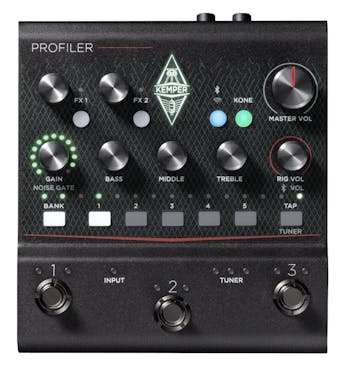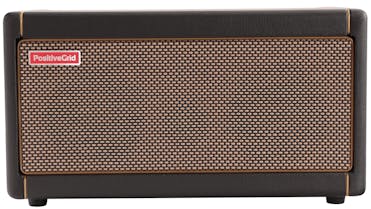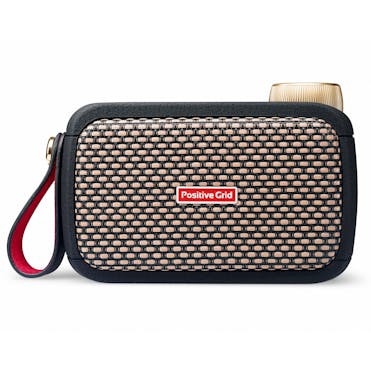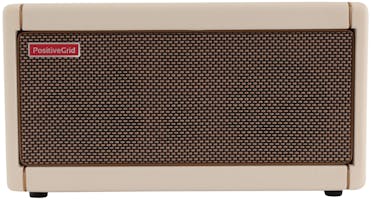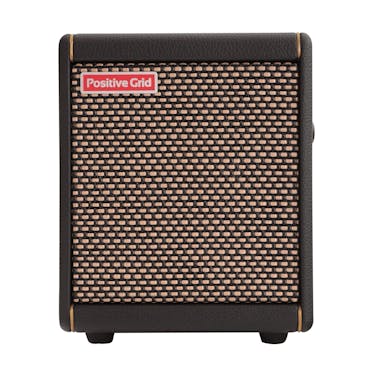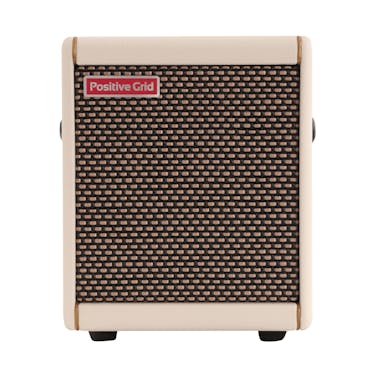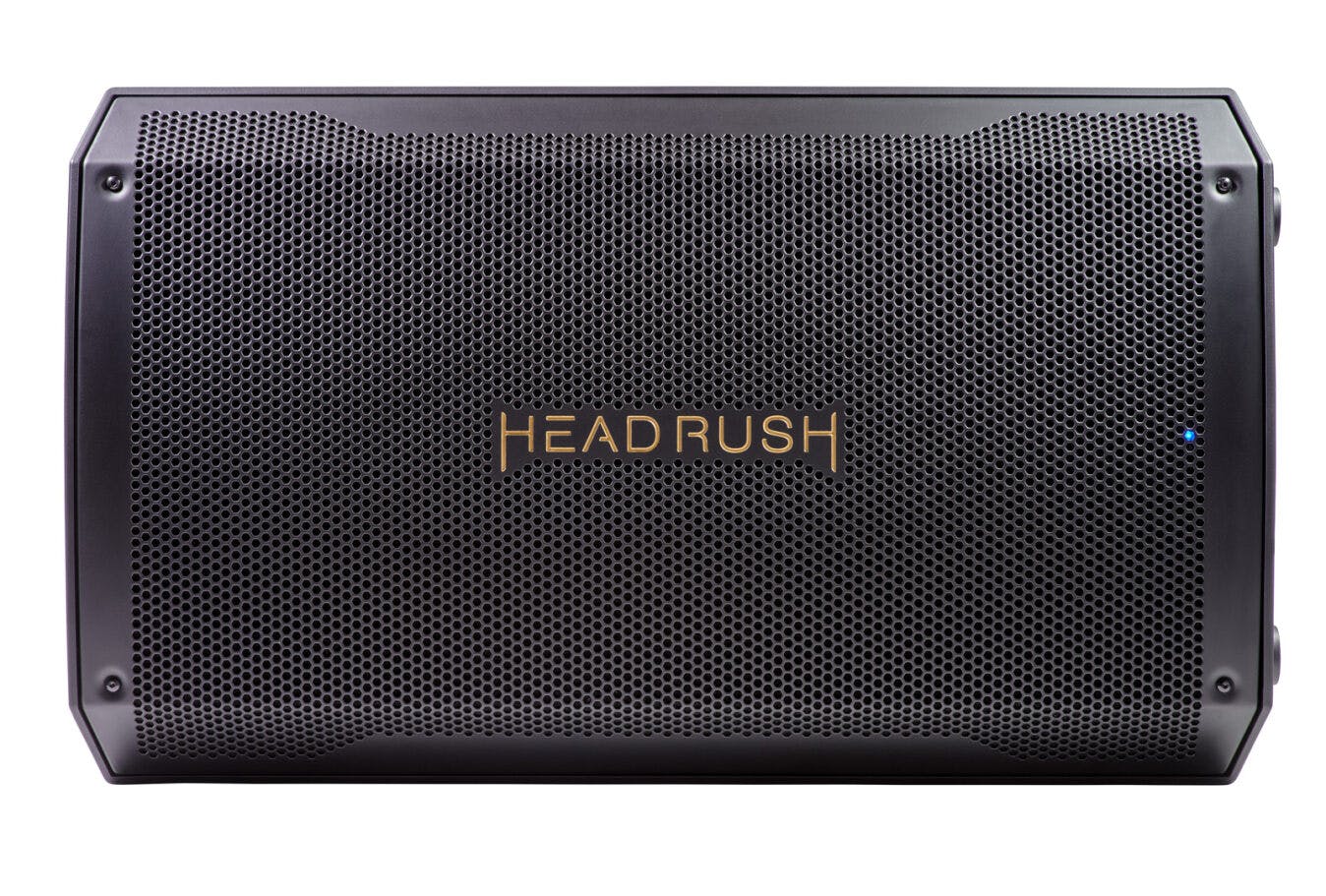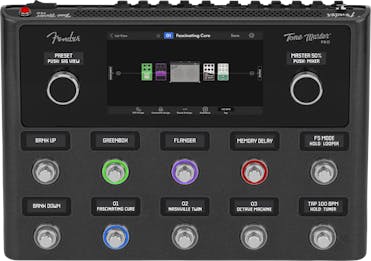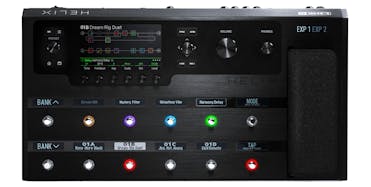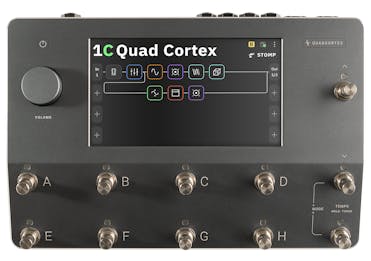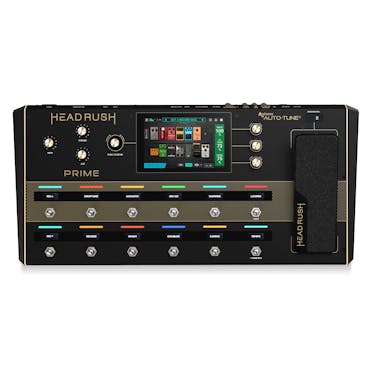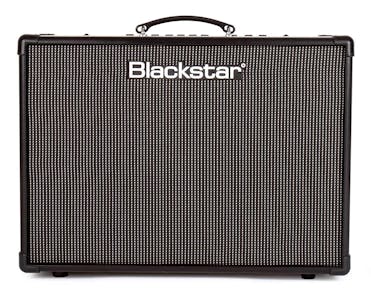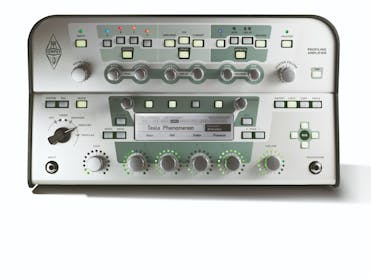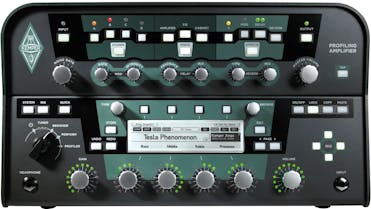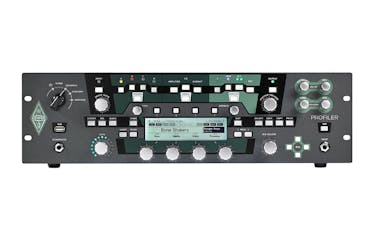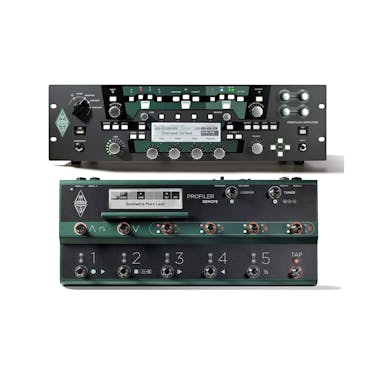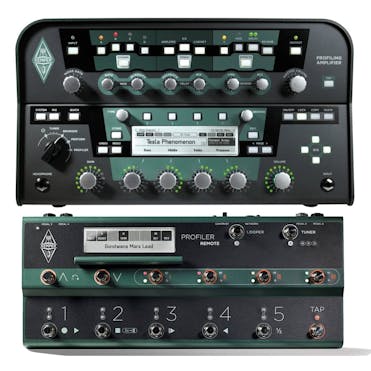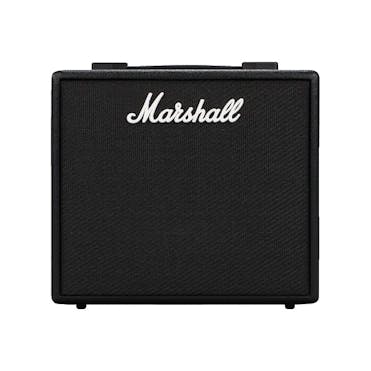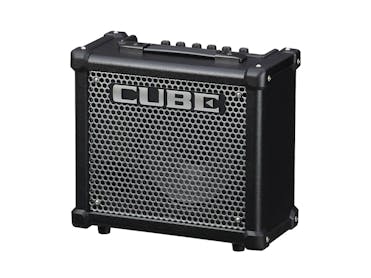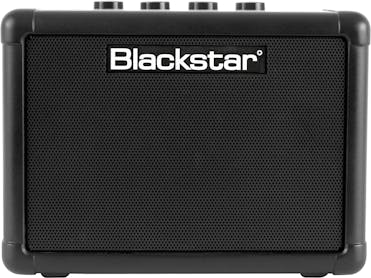

Modelling Amps
Brands like Line 6, Kemper and Atomic are flying the flag for forward-thinking guitar players and they all have various modelling amp options at different price points.
What are the pros and cons of modelling amps?
Just like anything in the music world, there is no right or wrong answer but musicians definitely have preferences that make a difference to their choice in gear.
The Pros of using a modelling amp:
- You don’t have to carry a heavy amp head or amp combo around.
- You’ll get an incredibly consistent sound because you plug the unit in via XLR rather than setting up a mic in front of a speaker cabinet.
- You’ve often got built-in effects which means you don’t need to maintain a pedalboard.
- Far more versatile than a standard amp. You can ‘change’ amp every song if you like.
- Presets make it easy to change between different sounds that you like.
The Cons of using a modelling amp:
- You require a PA system or powered cab of some sort in order to hear yourself.
- Not as ‘sweet’ as using an old-school tube amp.
- You need a basic knowledge of guitar amps in order to get the sound in your head. Not quite plug n’ play.
Different Types of Modelling Amp:
There are various formats that a modelling amp can take due to the fact that it’s a piece of hardware that creates a digital amp sound.
Rack – This simply refers to the amp being rack-mountable in a gear rack along with things like your EQs, Compressors and other studio outboard gear.
Floor Unit – As a floor unit, the modelling amp will take the form of a multi-fx pedal with on-board amp models and cab simulation.
Non-Powered – Non-powered means that you won’t be able to plug directly into a passive speaker cabinet. You’ll need a power amp in order to get volume coming through the speaker. You do NOT need this when plugging into a PA system because the PA speakers will be powered themselves or powered by an amplifier.
Powered – A powered modelling amp like the Kemper Powered Head allows you to plug directly into a passive guitar cabinet as you would with a normal guitar amp head. This will bypass speaker simulation of the Kemper because you wouldn’t want a cab emulation going into an actual guitar cab.
Live vs. Studio
You can use modelling amps both live and in the studio for different reasons.
Live – Using a modelling amp live removes the need for a heavy guitar amp combo or amp head. You can also get a great sound night after night and not have to worry about the sound engineer messing up your sound if you don’t have a dedicated sound engineer. You can set your EQ and sound to come out the PA exactly how you want it.
Studio – Using a modelling amp in studio means you don’t have to go about setting up an effects chain and setting up an amplifier. You can also record with no volume at all because you aren’t actually recording a guitar cab. So, in theory, it’s very easy to get a great sound using a modelling amp with minimal effort.

